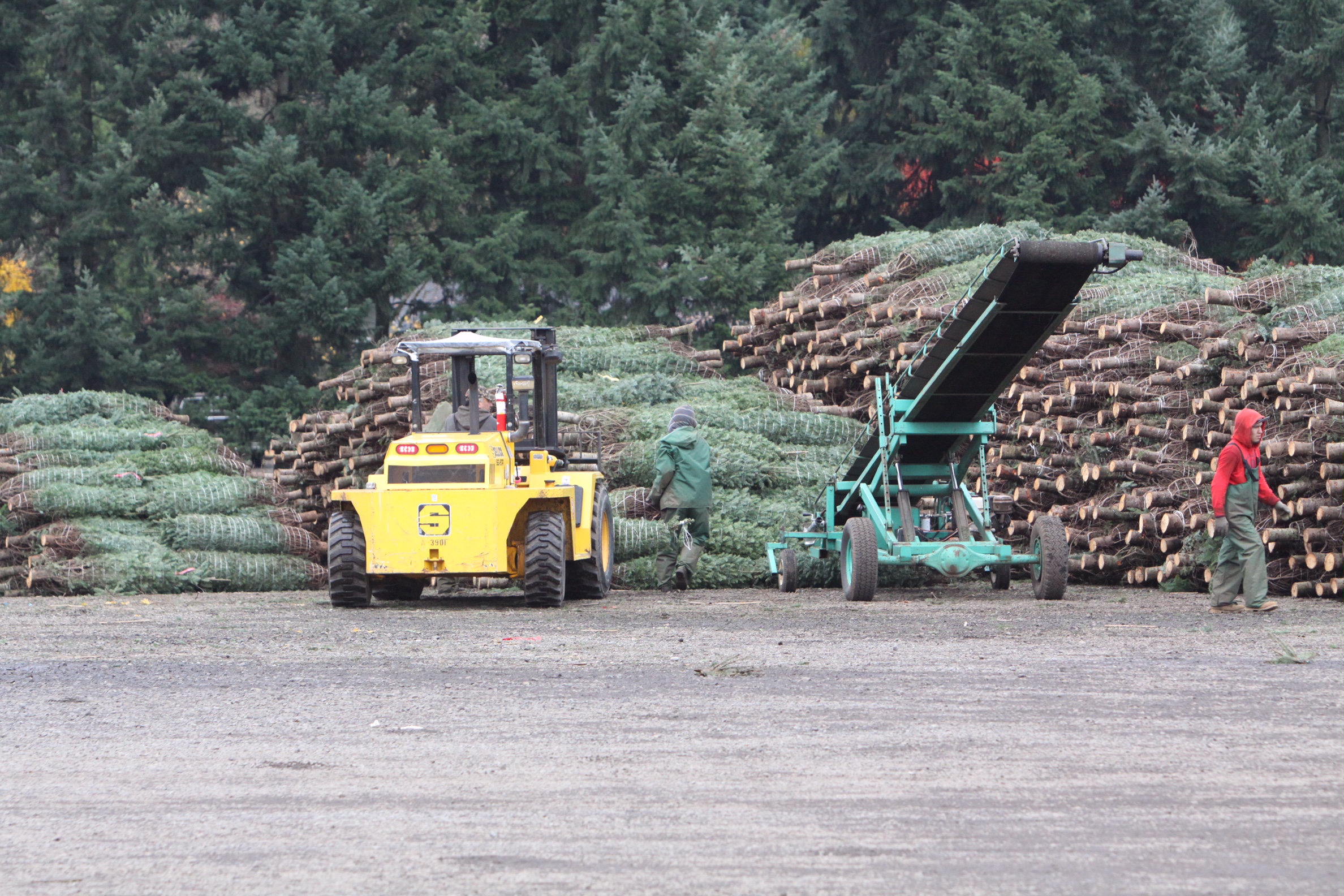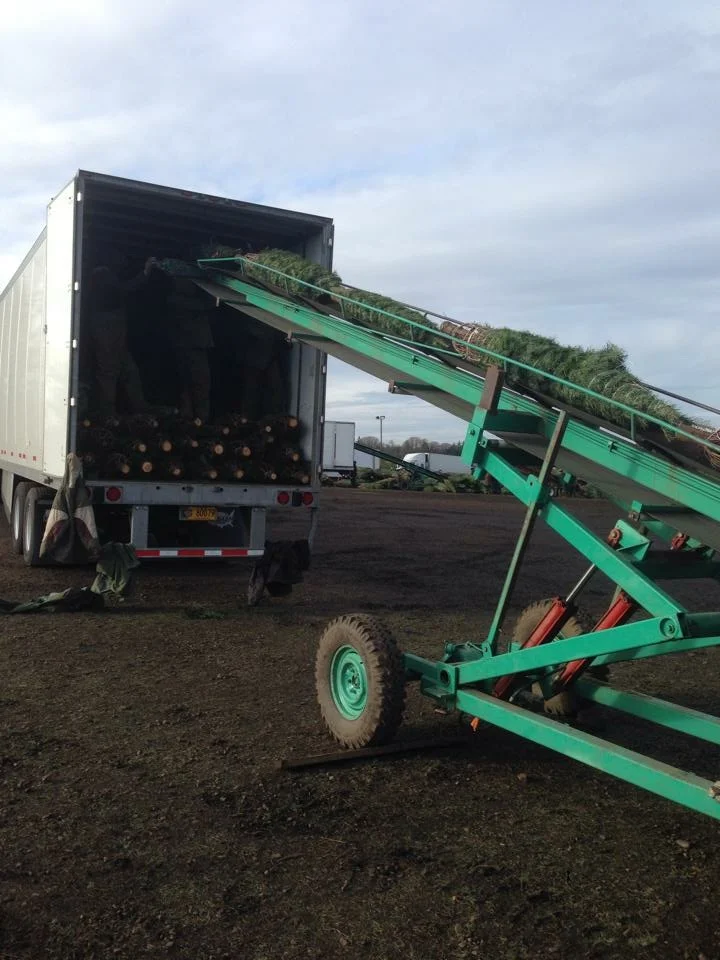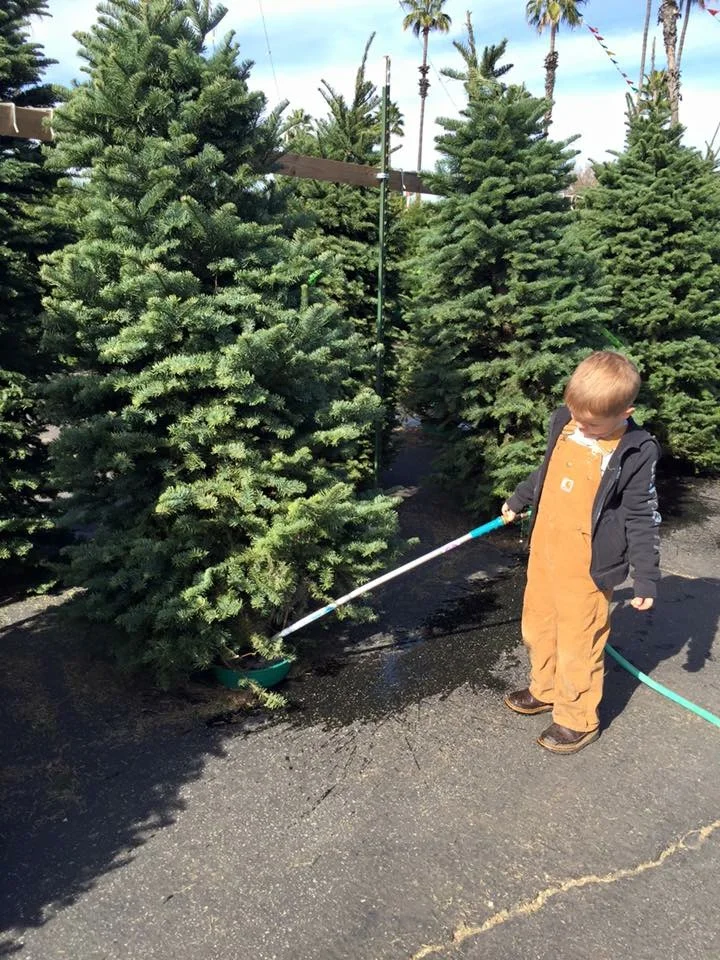THE LIFE OF A CHRISTMAS TREE GROWN AT BTN
<< feel free to scroll through our collection of photos & videos >>
Before we can begin to plant we research seed source, environment, and soil condition. Seeds are initially collected from parent trees selected for their superior Christmas tree characteristics. After 3 years in either a seed bed or greenhouse, seedlings are transplanted mechanically or manually. The trees need room to grow and are generally spaced out at 5'x5' when planted. Ben and Tyler are responsible for driving the planting tractor assuring the rows are as straight as possible.
Before we shear we put a "handle" on every tree. When the trees reach 3 years of age, the lower 6” of limbs are removed by hand with pruners. This is back breaking work that results in what’s known as a handle, allowing for the application of a tree stand many years down the road when the tree is harvested.
Starting after the 3rd growing season (usually mid June or July), the annual cultural practice of shearing begins. This job involves an 18" razor sharp blade swung by hand and a very precise eye to find the perfect taper for every tree. The left and center photos show the same tree, before and after shearing.
Once the spring growth hardens off, about mid July, crews invade the Noble and Nordmann Fir fields equipped with bamboo sticks and twist ties. Any top that is not naturally growing straight is staked up to ensure every tree leaves the farm with a perfectly centered top.
Shortly after trees of harvest size have been sheared and topped, a crew walk through every row of each field carrying a multicolored sizing pole and corresponding tags. At this time the trees are evaluated for harvest and the crew tags only the finest trees to be cut to facilitate the upcoming harvest.

2 days prior to shipping, crews are sent to the fields with instruction to cut previously graded and tagged trees for upcoming orders.
Immediately behind the cutters are the slingers. Trees are stacked on a pair of ropes or “slings”, in bundles. The numbers of trees per bundle varies based on size and species. The goal is to keep each bundle around 900 lbs. because of what comes next…
Undoubtedly the most entertaining part of the harvest operation are the helicopters. Helicopters can move from the field to the landing or the shuttle truck at a rate of 1,500 trees per hour. The use of helicopters is very expensive but is the cleanest, most efficient way to get trees from the field to the landing where the processing begins.

Once in the landing the trees are first shaken for 15 seconds. This practice eliminates old needles and any hitchhiking insects or slugs, ensuring the final shipped product(s) are as clean as possible. Straight from shaking, the trees are wrapped or “baled” in string. This maximizes the amount of trees that can be loaded on trucks, as well as protects branches from damage throughout the rest of the harvesting process.
From the landing in the field, trees are loaded on large “shuttle trucks” and brought to the main sorting yard.
Once dumped in the main yard, trees are sorted and stacked by size, species and grade in order to speed up the final loading process.
Trees are loaded by hand onto a conveyer and then into customers’ semi trucks. Loads are organized by size, species and grade per every customer’s order. An individual counts every tree, by tally, as it is being loaded into the truck to assure accuracy.
BTN has developed a web based program for our customers called treetracking.com. This allows buyers the ability to track the inventory once each truck loads versus their order and keep them in contact with their truck and its progress to their lot.
Having run tree lots for over 20 years we know how much work is involved in sales, but with a tree from BTN one can rest assured knowing they truly seem to sell themselves.
Thank you for taking time to learn about the life of a tree from BTN of Oregon.
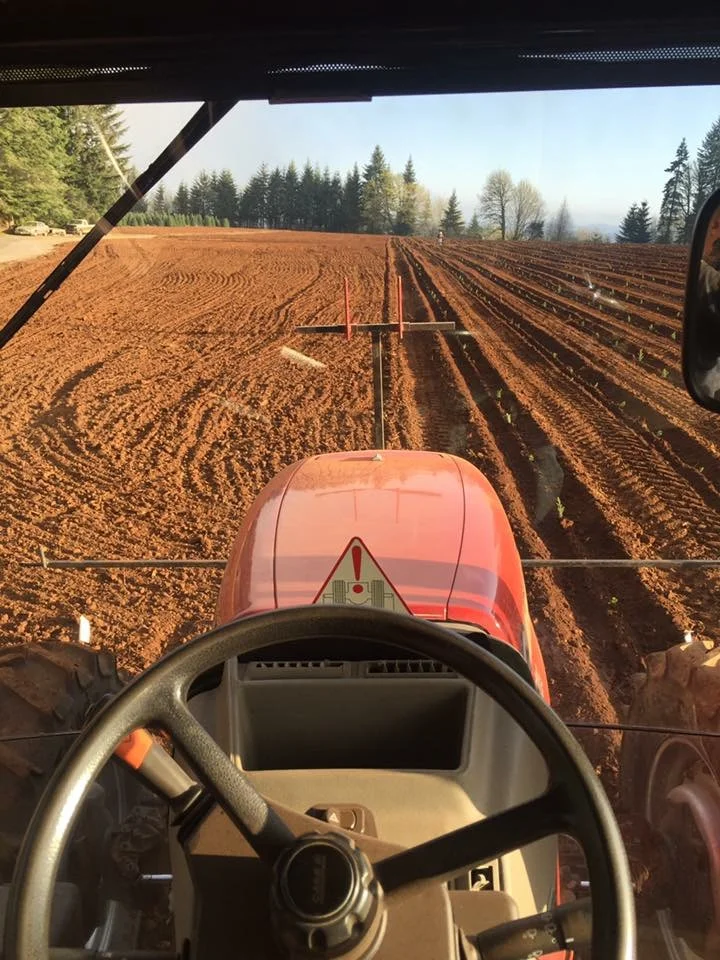

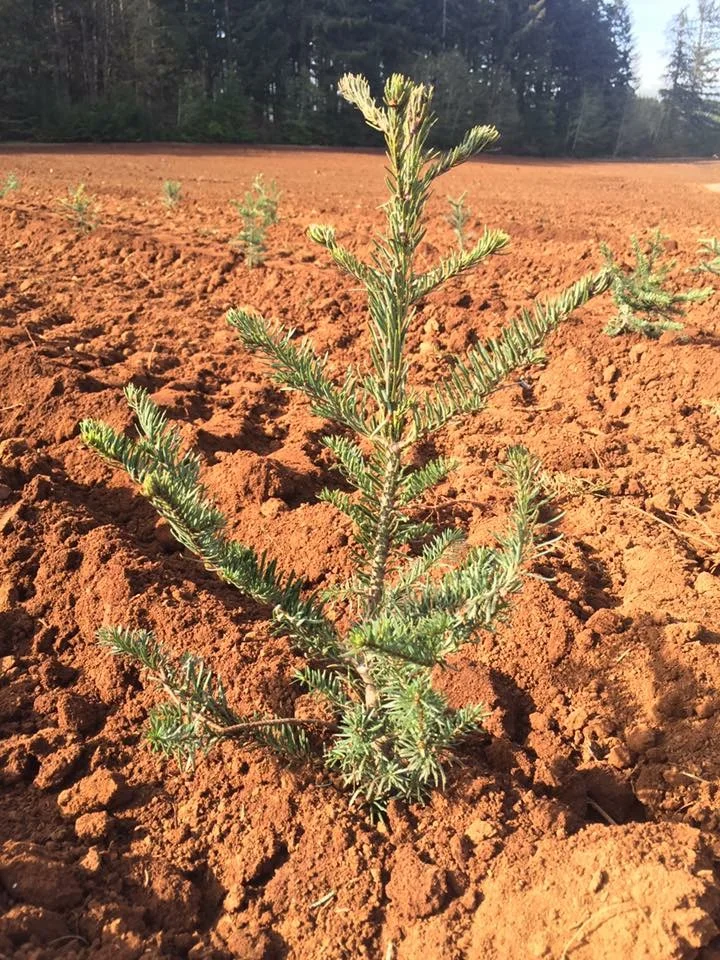



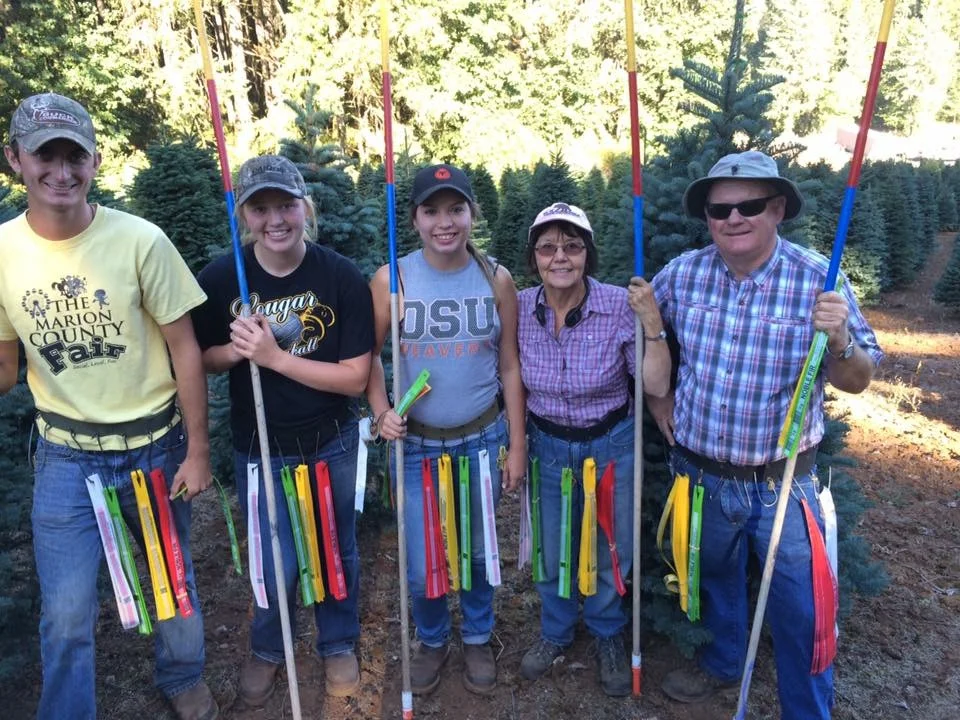
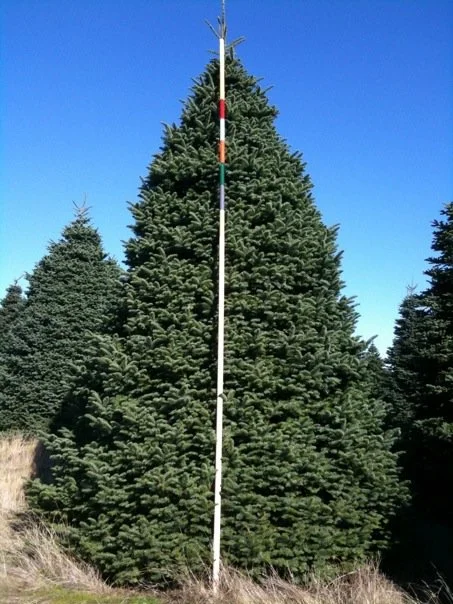


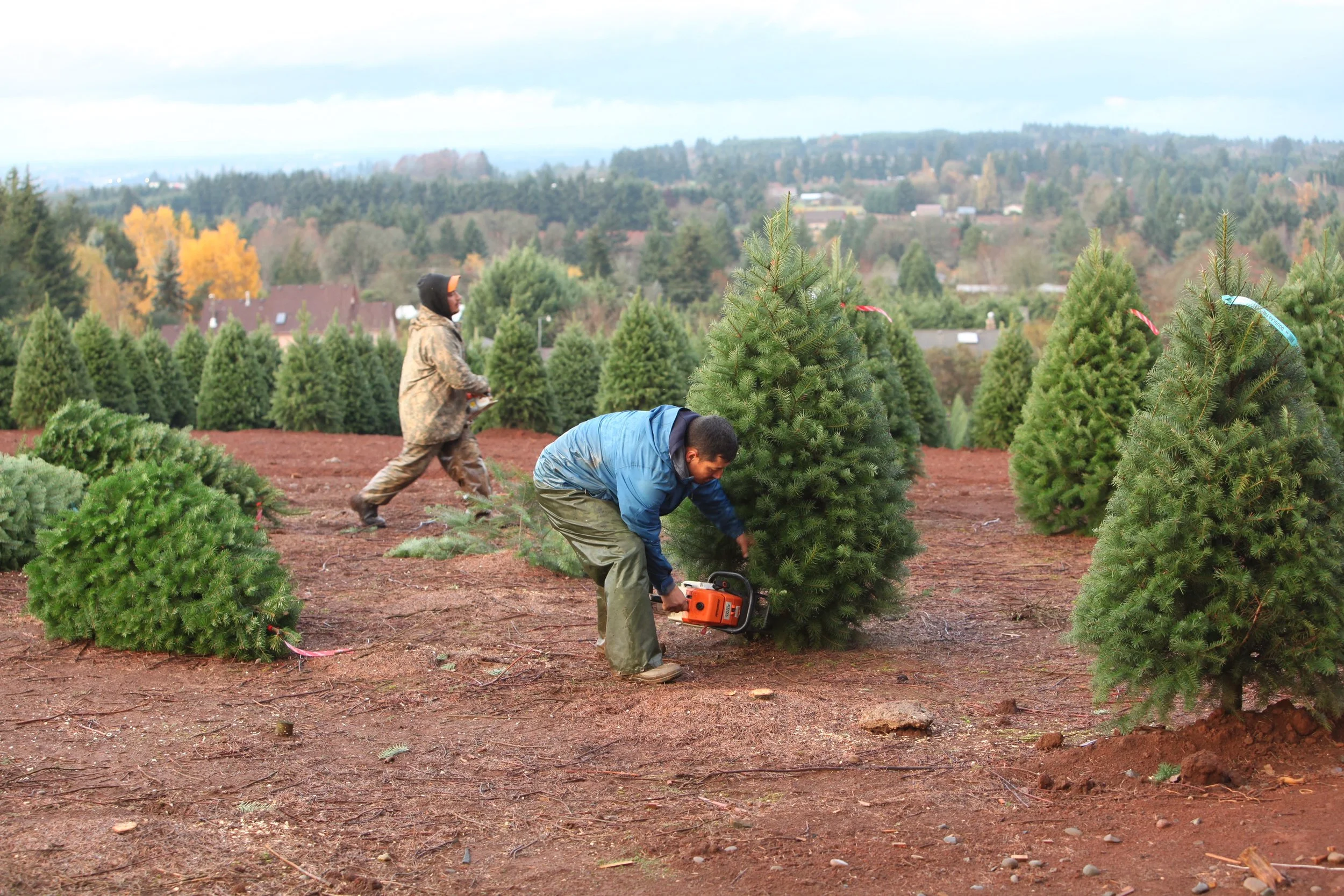


![helicopter_tinnell_06[1].jpg](https://images.squarespace-cdn.com/content/v1/58b4b06f579fb328f5d2b431/1489098832022-ZDQ3AC5UCV6GVB4R4Q4L/helicopter_tinnell_06%5B1%5D.jpg)



